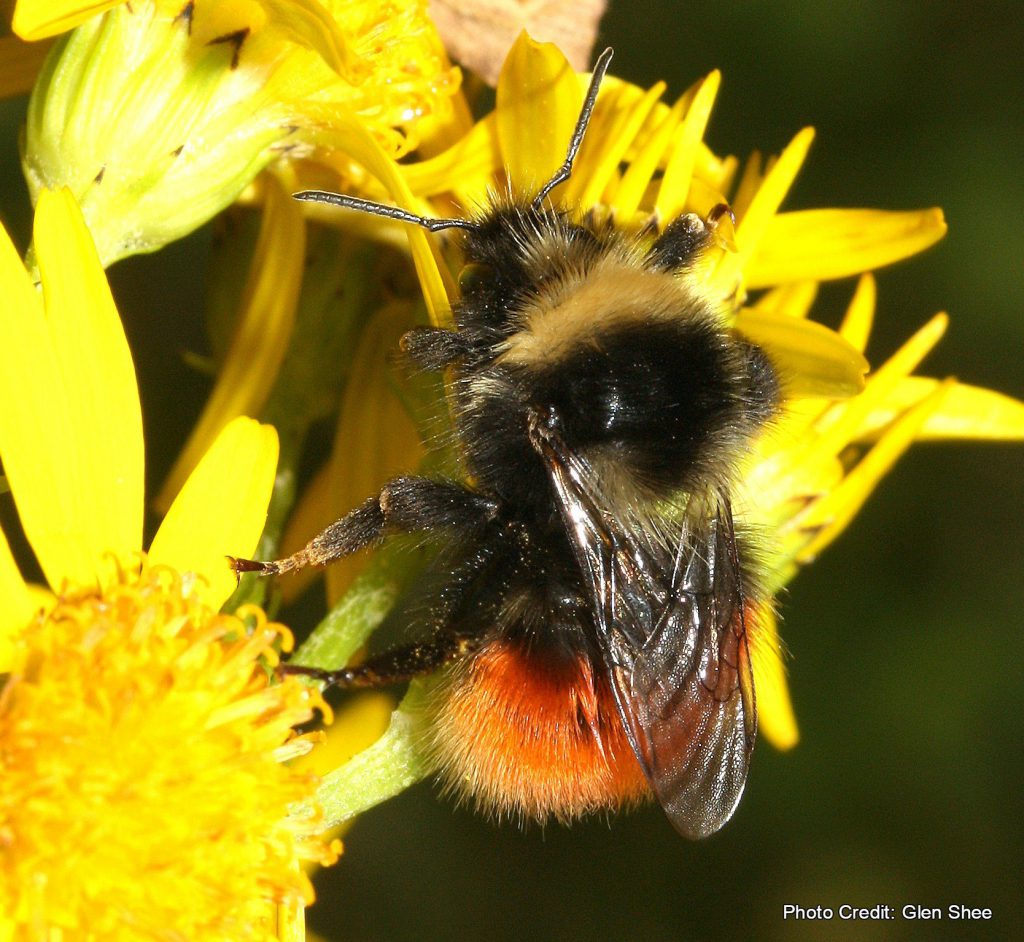The Bumblebee Conservation Trust are hoping ‘Pollinating the Peak’ will highlight the importance of bumblebees and other wild pollinators. As well as highlighting what people can do to help secure the long-term future of these insects.
The trust to transform the Peak District into a pollination hotspot is set to launch after receiving earmarked support of £850,000 from the Heritage Lottery Fund.
The trust have been working together with local authorities and partners to improve habitats and encourage people to plant bee-friendly flowers.
The conservation charity’s four-year Pollinating the Peak project will work with communities, local authorities and landowners to create and restore at least 300 hectares of flower-rich habitat for native wild bee species and pollinators, and also aims to involve hundreds of gardens.
“We want to inspire people across the Peak and Derbyshire area to get involved with this exciting project – and to help our vital wild pollinators by improving habitats, monitoring bumblebees and creating buzzing communities.”
As well as native wild bees, Pollinating the Peak will focus on all insect pollinators – including honeybees, hoverflies and butterflies – and the plants and habitats that rely on them for pollination. The project will formally launch in 2017 and will be run by Bumblebee Conservation Trust with partners including Chesterfield Borough Council, Little Green Space, and Moors for the Future Partnership.
About 70 UK crops depend on, or benefit from, visits by bees. Bees’ annual economic value as pollinators of the UK’s commercially grown, insect pollinated crops is estimated to be over £691 million.
Yet bumblebee populations have collapsed. Of the UK’s 25 species, two – Short-haired bumblebee and Cullum’s bumblebee – have become nationally extinct in the last 80 years, although the former is being reintroduced. Seven species are in decline, and 11 are of conservation importance.
Loss of flower-rich habitat is the biggest threat to bumblebees’ survival, with 97% of the UK’s wildflower meadows lost since World War II, and with large swathes of intensively farmed land now like deserts for bees. Climate change, disease and pesticides including neonicotinoids may also be major threats.
Heritage Lottery Fund has awarded £150,000 up front to help develop Pollinating the Peak, with a further £700,000 earmarked for a later date.
Did You Enjoy This?
You might like our regular newsletter. We put all the best events, cultural highlights and offers from Buxton and the Peak District in your inbox every month.
This information will only be used to send you this newsletter. It is stored in Mailchimp.










